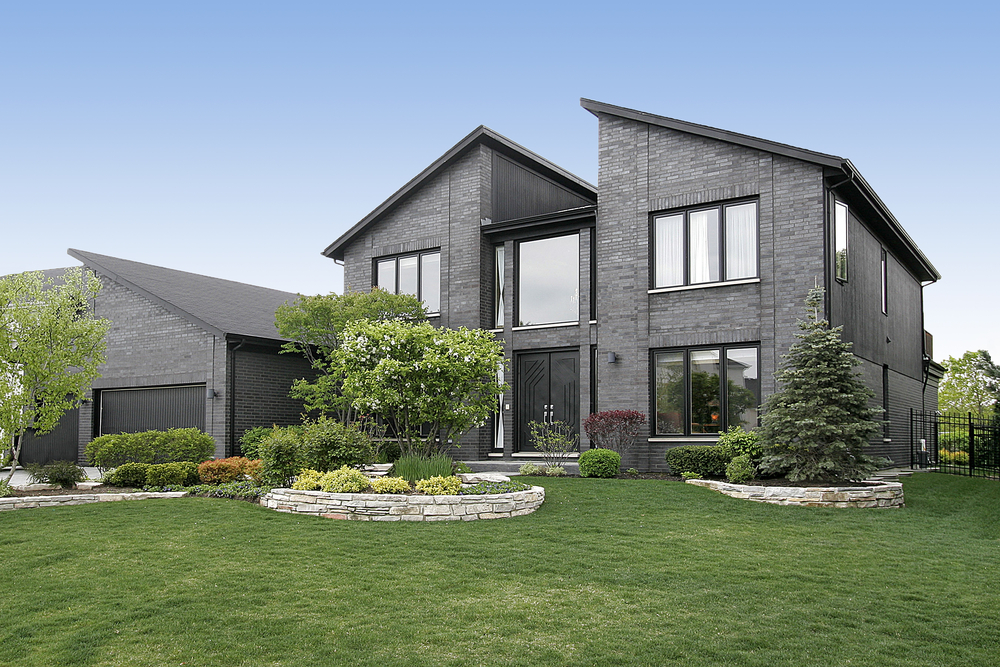The Application of Lime in Architecture
Lime mortar is a type of building material that is made from a combination of lime, water and sand. This mixture is often used as a coating for bricks and other kinds of building materials to provide protection against weathering or decay. The use of lime mortar dates back to ancient times when it was used by people like the Romans and Egyptians who created full structures with this material. The structure of these buildings was built primarily out of lime which lasted for hundreds if not thousands of years and still stands today.
Lime mortar is still used by modern architects, engineers and builders in their projects today. It is most commonly used in commercial construction projects such as office buildings and shopping centres as well as domestic homes. The use of lime mortar has many benefits including its ability to be moulded into any shape or form that is desired by the builder. This allows for creative freedom when designing a building structure because it does not have to conform to a certain shape like concrete does.
What is Modern Architecture?
Modern architecture is an art form that began in the late 19th century as a reaction to the excess of Victorian architecture. Additionally, revolutions in technology, building materials and engineering forced us to look at historical architecture and how it can be improved. Modern architects favoured simplicity and function, using clean lines and incorporating nature into their buildings. Today, modern homes are one of the hottest niches on the market. These homes often feature open floor plans, large windows, hardwood floors and lime render walls. If you want to bring that same look into your build, begin by choosing lime rendering and a colour palette for interior rooms.
Lime In Modern Architecture
The use of lime render in modern architecture has gained popularity as a green alternative to cement. Lime render offers an elegant and natural aesthetic to buildings, as well as durable waterproofing properties. Additionally, this product is more accessible to architects and homeowners alike.
There are many advantages to using lime render in a modern home. Before you apply a traditional lime render to any of your property’s walls, you will want to learn more about the advantages this substance offers.
- Lime render is permeable, meaning that it allows moisture to pass through its structure. This reduces the risk of water penetration and damage inside the building.
- By reducing risks of moisture build-up, lime render decreases the likelihood that mould will grow on/in a house or commercial building’s walls.
- It also provides a waterproof element and water-resistant properties, making it strong against potential weather damage when used on external walls or columns.
- A lime-rendered building is more energy efficient and insulated than a standard cement one.
- The process of manufacturing lime render creates less embodied carbon than the process used to manufacture cement render. Also, lime render reabsorbs the CO2 produced. This makes it more environmentally friendly as a whole and cheaper to create.
- The longevity and timelessness of traditional lime render, if properly maintained, can last through centuries. Historic buildings, like older churches and other heritage spaces, often retain their lime-based renders even after decades without repair.
Lime render is a great choice for those who want to create a modern, natural look. Lime render provides an elegant finish to your walls and can provide durability as well. The unique properties of lime render make it ideal for use in many different settings.
What is Traditional Architecture?
Traditional architecture is a form of building that was popular for much of human history. Traditional structures are meant to endure, so they are built to last. Of course, all buildings will eventually need repair and maintenance. Lime render is a natural and sustainable material that has been used for centuries. It has been used on many of Britain’s most iconic buildings, including the Houses of Parliament and Buckingham Palace. The traditional process of lime rendering involves mixing powdered limestone with sand and water to form a smooth mixture, which is then applied to the walls.
Lime In Traditional Architecture
The use of cement in the early days of building restoration and preservation was quickly discovered to be damaging. Cement is dense and fragile, so when it’s used for repair work on an old building, instead of a traditional mortar mix that allows moisture through.
Repairing traditional architecture with lime mortar is a simple process. The first step is to identify the cracks in your walls and floors. These cracks could be due to age or damage, so it’s important to inspect them carefully before repairing them with lime mortar. New cement mortars are very different from lime mortars. They are hard and brittle, less porous and less permeable. The use of traditional masonry in restoration projects is damaging in several ways.
Lime mortar is breathable, permeable and blocks moisture. As a result, it helps to regulate the temperature of a building by allowing it to breathe. The material also prevents water penetration which further contributes to regulating temperature. Lime mortar is also much more durable and flexible than cement mortar. It can absorb shock and vibration, as well as handle movements from thermal expansion.
Conclusion
The use of traditional masonry in restoration projects is damaging in several ways. Lime mortar is breathable, permeable and blocks moisture. As a result, it helps to regulate the temperature of a building by allowing it to breathe. The material also prevents water penetration which further contributes to regulating temperature. Lime mortar is a great material for restoring old buildings. It is easy to use and creates a strong, durable and breathable surface that can last for centuries. It is also in line with our eco-friendly building practices, as it uses lime from sustainable sources and contributes to the reduction of CO2 emissions. Lime mortar is carbon neutral as it absorbs all the carbon dioxide that it produces.

